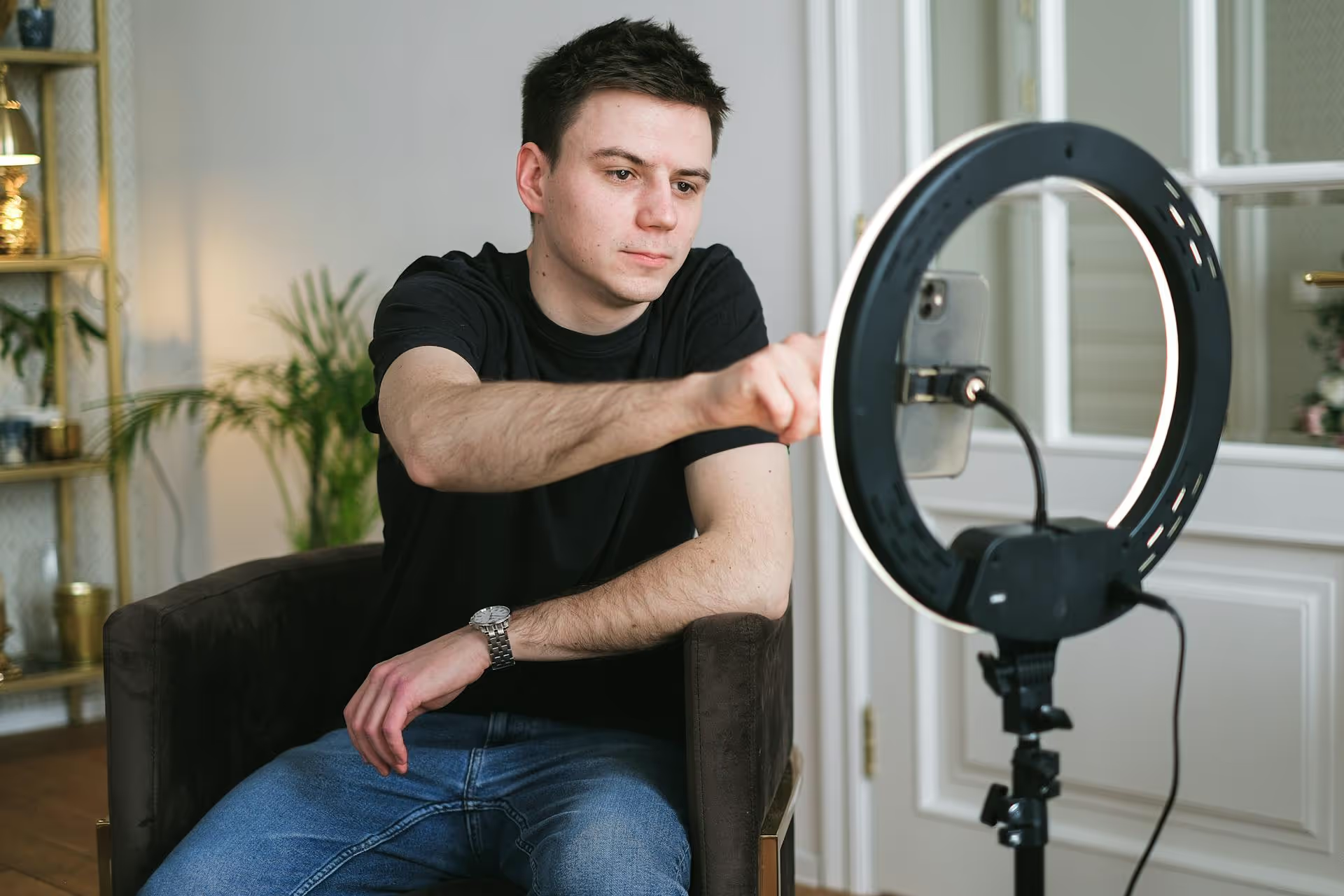How to Add Social Media Icons to an Email Signature
Enhance your email signature by adding social media icons. Discover step-by-step instructions to turn every email into a powerful marketing tool.

Ever polished a TikTok video to perfection, only to realize you accidentally set it to Private and now nobody can see your masterpiece? It's a common scenario, and thankfully, it's an easy fix. This guide will walk you through exactly how to unprivate a TikTok video, delve into strategies for why you might keep content private intentionally, and troubleshoot common issues you might encounter along the way.
Before we change the settings, let's quickly clarify what each audience option on TikTok does. When you upload or save a video, you get to choose who can view it. This setting is crucial for controlling your content's reach and your account's privacy.
Understanding these distinctions is the first step. For a video to gain traction, it needs to be set to "Everyone," and for that to be possible, your account itself must also be public.
Ready to release your video from its private vault? The process is quick and simple. You can do this for any video you've previously set to "Only Me" or "Friends."
That's it! Your video is now public. It will appear on your main profile grid for all visitors and become eligible for the For You page.
Sometimes, technology doesn't cooperate. If you're trying to switch a video to public and the option is grayed out or just not working, one of these common issues is likely the cause.
This is the most frequent reason. If your TikTok account itself is private, you cannot make individual videos public. A private account overrides all individual video settings. The "Everyone" option for a single video will be disabled because, by definition, a private account cannot show content to "everyone."
Once your account is public, you can go back to any individual video and set its audience to "Everyone."
TikTok has two pools of audio: a massive library for personal accounts and a more limited "Commercial Sounds" library for Business Accounts. The commercial library contains music and audio that are licensed for promotional use.
If you create a video on a Business Account using a popular, non-commercial sound, TikTok might only let you save it as a private video. You won't be able to make it public because you don't have the commercial rights to use that audio in marketing content.
Sometimes, the app just needs a refresh. Old cache data or a pending update can cause strange behavior, including features being unresponsive.
While often an accident, setting videos to private can be a powerful strategic move for creators and brands. The "Only Me" setting transforms your TikTok profile into a content bank, allowing you to prepare and fine-tune videos well before your audience ever sees them.
When you flip that switch from "Only Me" to "Everyone," the TikTok algorithm generally treats it as a brand-new post. It gets a fresh start and an opportunity to be pushed out onto the For You page.
One important thing to note is that the post date will reflect the original upload date, not the date you made it public. So, if you uploaded it privately two weeks ago, it will show as being posted two weeks ago. While this can look a little odd on your profile grid, it typically has no negative impact on the video's performance. The algorithm is more concerned with current engagement signals (likes, comments, shares, watch time) than the original upload date.
Switching a TikTok video from private to public is a straightforward process, usually taking just a few taps. By following the steps above and knowing how to troubleshoot common roadblocks like account settings or audio restrictions, you can easily control who sees your content and when.
Holding videos privately as part of your content strategy is smart, but keeping track of what's ready, what's approved, and what aligns with your overall campaign can feel chaotic without a clear plan. Here at Postbase, we designed our visual content calendar to solve exactly this problem. Seeing all your planned content across every platform, not just TikTok, helps you schedule with confidence and ensures that when you finally do make a video public, it's at the perfect time to make the biggest impact.
Enhance your email signature by adding social media icons. Discover step-by-step instructions to turn every email into a powerful marketing tool.
Learn how to add your Etsy link to Pinterest and drive traffic to your shop. Discover strategies to create converting pins and turn browsers into customers.
Grant access to your Facebook Business Manager securely. Follow our step-by-step guide to add users and assign permissions without sharing your password.
Record clear audio for Instagram Reels with this guide. Learn actionable steps to create professional-sounding audio, using just your phone or upgraded gear.
Add translations to Instagram posts and connect globally. Learn manual techniques and discover Instagram's automatic translation features in this guide.
Optimize your Facebook Business Page for growth and sales with strategic tweaks. Learn to engage your community, create captivating content, and refine strategies.
Wrestling with social media? It doesn’t have to be this hard. Plan your content, schedule posts, respond to comments, and analyze performance — all in one simple, easy-to-use tool.